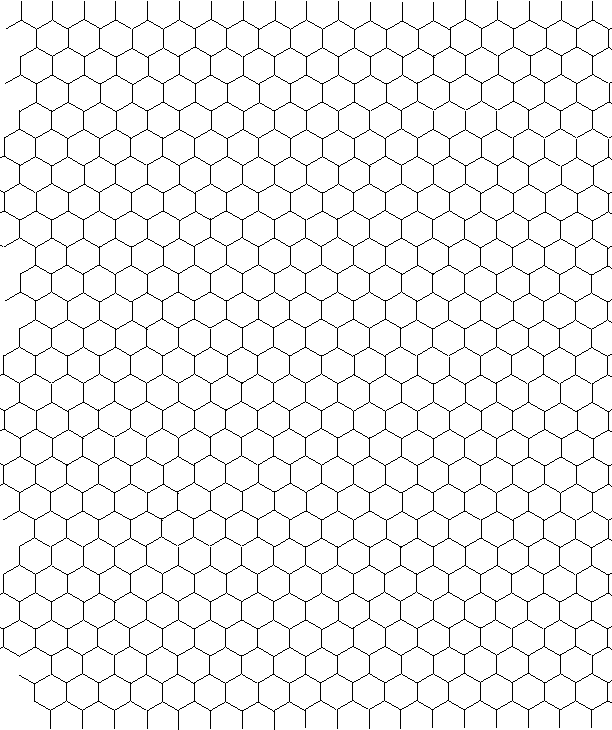 The history of computers derives from the history of the textile crafts, coming as it does from the amazingly complicated mechanical looms that were developed to make simpler and more reliable the process of weaving. Weaving is a highly mechanical and repetitive process in which each particular pattern is essentially formed by executing a program. The weaver, or the loom operated by the weaver, reads a series of instructions, which can contain loops and repetitions, and which is encoded in a particular language designed to accurately and efficiently encode those instructions; and executes them in sequence. Different programs produce different patterns and thus different images.
The history of computers derives from the history of the textile crafts, coming as it does from the amazingly complicated mechanical looms that were developed to make simpler and more reliable the process of weaving. Weaving is a highly mechanical and repetitive process in which each particular pattern is essentially formed by executing a program. The weaver, or the loom operated by the weaver, reads a series of instructions, which can contain loops and repetitions, and which is encoded in a particular language designed to accurately and efficiently encode those instructions; and executes them in sequence. Different programs produce different patterns and thus different images.The programs encoded on the cards in a Jacquard loom, or in the diagrams by which knitters make patterns in their knitting, also have an unrelated relationship to computer technology: they depict images in the form of a rectilinear grid of what we call "pixels" (picture elements) which are square in shape. In the case of weaving and knitting, this is a simple consequence of how weaving is done with threads at right angles (the "warp and weft"), and in the case of computer imagery, because it's a simple and logical way of arranging the visual elements in a cathode ray tube, and later, an even simpler way of arranging them in such technology of LCDs.
 I wonder what computer graphics and video might have looked like if it had inherited a hexagonal grid instead of rectilinear grid. In a sense, a hexagonal grid is equivalent to a rectilinear one, but with every alternate row's pixels offset by half the width of a pixel from the previous row. I wonder if that would make better images, though. I think the "jagged" quality at the edges and lines would differ in ways that would be better in some types of images and worse in others. Dithering and anti-aliasing techniques would still be used but would differ somewhat. Being anything but an expert, I have the vague idea that it might make more "natural" images perhaps a little more smooth, since it would provide a closer analogue to lines at angles other than right angles, but I could be very wrong. I wonder if anyone's tried it?
I wonder what computer graphics and video might have looked like if it had inherited a hexagonal grid instead of rectilinear grid. In a sense, a hexagonal grid is equivalent to a rectilinear one, but with every alternate row's pixels offset by half the width of a pixel from the previous row. I wonder if that would make better images, though. I think the "jagged" quality at the edges and lines would differ in ways that would be better in some types of images and worse in others. Dithering and anti-aliasing techniques would still be used but would differ somewhat. Being anything but an expert, I have the vague idea that it might make more "natural" images perhaps a little more smooth, since it would provide a closer analogue to lines at angles other than right angles, but I could be very wrong. I wonder if anyone's tried it?

 RealTime and RTC
RealTime and RTC Prism
Prism Uncreated
Uncreated Bloodweavers
Bloodweavers Foulspawner's Legacy
Foulspawner's Legacy Lusternia
Lusternia
No comments:
Post a Comment